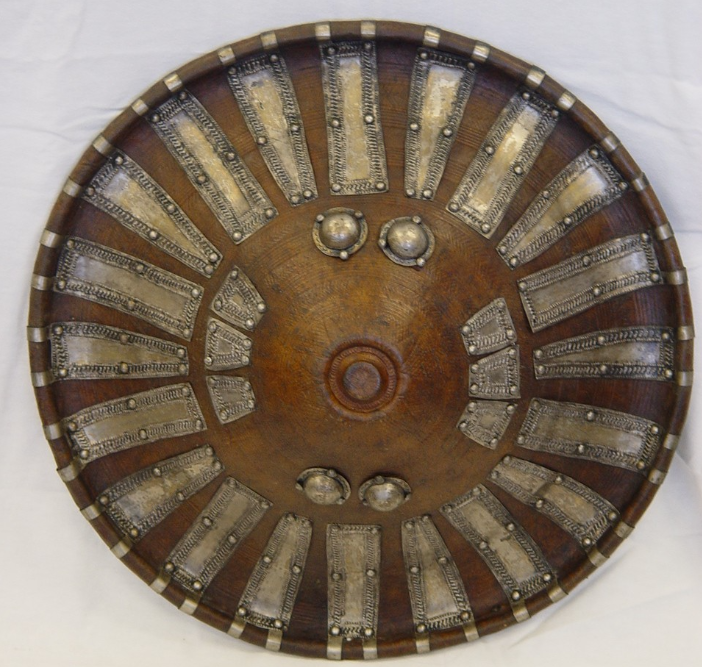What: A hunting sword and scabbard, said to belong to the emperor, presented to Major-General Sinclair by Queen Victoria
Where: The Royal Armouries Collection, Armouries Dr, Leeds LS10 1LT
The database entry includes close-up photos, showing an engraving that reads: “The sword of King Theodore of Abyssinia Presented to Major-General Sinclair R.A.M.C. by Her Majesty Queen Victoria”.
Bibliographic References
F. Wilkinson, ‘A royal sword?’, Royal Armouriesd Yearbook, 4, 199, pp. 80-85, incl. fig. 2 (sword and scabbard, overall), figs 3, 4 & 5 (dets resp. of maker’s name, blade and inscription on scabbard locket).
Details:
Date: 1831-1870
Object Number: IX.1291
Provenance
Transferred from Hove Museum 3 April 1956.
Other Ethiopian items in the collection that are not specifically labelled as coming from Magdala:

